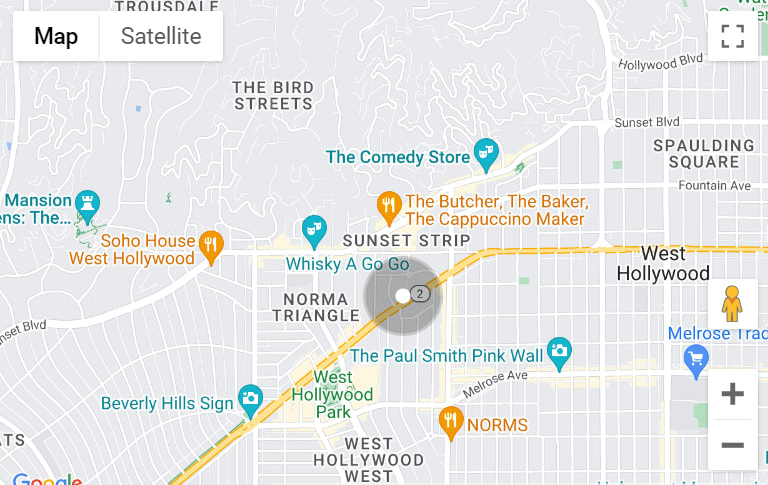
-
Compass
851 Madison Avenue
New York City, NY 10021
-
Stacey Froelich Team
|
In an election year, there is plenty of speculation about the future of the economy and what will happen to the housing market. Who's in the Oval Office can have a major impact on broader economic factors that may affect the property market. In reality, historical data shows that the effects of presidential elections on home prices tend to be minimal and relatively temporary. To help you better understand the current landscape, here is a look at historic home prices during election years.
How Does an Election Year Affect the Housing Market in the Short Term?
Generally speaking, home prices increase regardless of who is in office. However, presidential elections can lead to a temporary slump in demand. In an average year, the volume of home sales will typically decline in the fall after a peak in the summer. However, examining the history of the real estate market shows that this trend is often intensified during election years.
A study by Meyer's Research showed that in the past 13 presidential election years, the median number of new home sales dropped by about 15% between October and November. The typical decrease in a non-election year is about 9.8%.
The impacts are not only on a federal level but can also impact local housing markets. A similar study by real estate publication The Real Deal found that between 2008 and 2019, the number of Manhattan co-op sales dipped by as much as 12.7% between June and October of an election year.
The explanation for this phenomenon is fairly simple. Home buyers are slightly more hesitant to make a move as election day approaches, fearing that whoever is elected will greatly impact the economy.
Many would prefer to wait and see what happens to feel confident they're making a wise investment. However, if you examine the history of the housing market, this trend is short lived and demand tends to rebound relatively quickly after the election.
How Are Home Prices Impacted in the Long Term?
Although housing prices may take a hit in November, data suggests that it doesn't last long. Once buyers get over the initial trepidation of purchasing homes right before the election, the housing market tends to return to normal once it's all over. The data shows that demand and prices tend to increase.
According to a Bankrate Analysis of the S&P CoreLogic Case-Shiller Home Price Index, the average appreciation rate for homes in election years was 4.84%, compared to 4.44% in non-election years. The trend also seems to continue into the new year. According to data from the NAR and the Department of Housing and Urban Development, home sales increased the following year in 9 out of 11 elections.
The data also reveals that home prices increased following 7 of the last 8 elections. The only instance where prices did not increase was in 2009, the year following the subprime mortgage crisis.
Historically, real estate appreciation has continued an upward trajectory regardless of who was elected. You can read more here.
The uncertainty of this election is particularly stressful. We will keep you updated on how real estate is affected this month and how the market responds post election.
Warm regards, Stacey Froelich
|